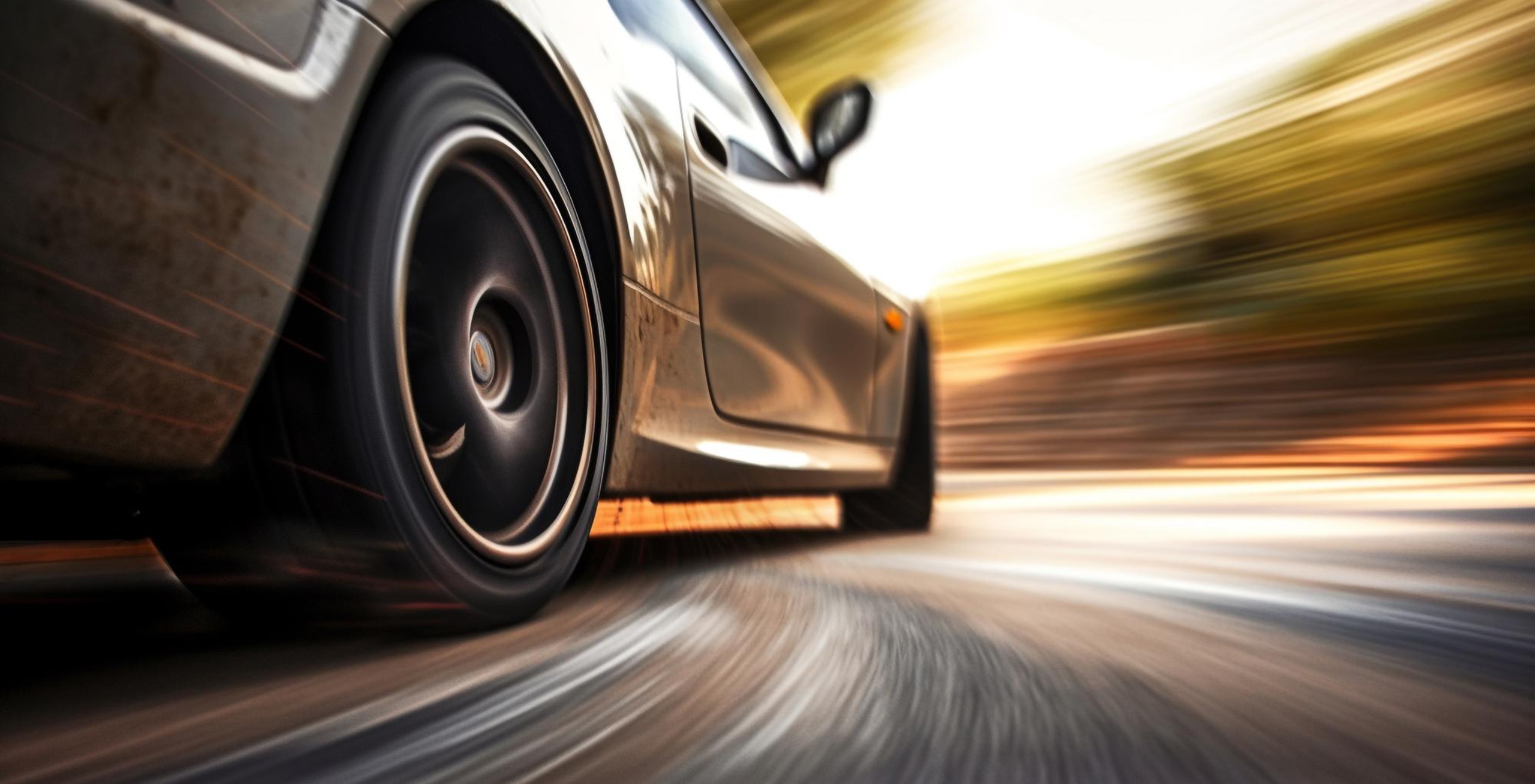Welcome to the fascinating world of drifting competitions! You might think drifting is all about the dramatic skids and the smoke billowing from the tires. While these elements make the sport thrilling, there is a structured system behind how judges evaluate the performances.
In this article, we will dive deep into the criteria used to judge drifting competitions, the role of the judges, and some frequently asked questions about the sport’s adjudication.
What is the role of the judges?
Drifting competitions are a spectacle, but someone must understand all the smoke and skids. The judges take on this essential role.
Judges have a long list of duties, including, but not limited to, assessing each run and ensuring fair play. They focus on the actual drifts and look for clean entries and exits, avoiding penalties for actions like spins or understeering. Furthermore, judges often confer with each other to ensure scoring consistency across different runs.
Most judges come from a rich background in drifting. Many have competed in the sport or worked closely with drifting organizations. This experience helps them understand the subtleties of the sport. Many judges undergo specialized training and attend workshops to become certified drifting judges.
Judges bring both experience and expertise to drifting competitions. Their role is integral to the sport’s fair and unbiased adjudication.
Judging criteria
Let’s delve into the factors that form the backbone of the judges’ decision-making process.
Speed
Judges look at speed as a sign of driver skill. They note how well drivers manage their speed, both during the drifts and in transitions between them. Speed management affects the car’s balance, making it a critical element.
Angle
A greater angle in a drift shows the skill of the driver. But judges also consider the smoothness a driver can maintain at that angle. Sudden jerks or changes in angle can indicate a loss of control and may affect the score negatively.
Line
Clipping points and zones often mark the ideal line through a course. Judges evaluate how closely drivers can follow this line. A perfect line maximizes both the speed and angle a driver can achieve.
Style
Style is not just about showmanship. Judges look for control, fluidity, and smooth transitions. They also reward displays of exceptional skill, like executing complex manoeuvres with ease. Drivers can earn extra points for ‘wow’ factors that make their performance memorable.
The best performers balance these elements to put on an extraordinary show.
FAQs
People have many questions about how judges determine scores in drifting competitions. We will answer some of the most common ones here.
How do tiebreakers work?
If scores tie, judges often ask for a ‘One More Time’ (OMT) run. During OMT, judges might focus on specific aspects where the drivers had previously matched scores to find differentiation.
Are there penalties?
Yes, penalties can be severe. For example, going off-course or hitting a barrier can result in a zero score for that run. Lesser infractions might lead to point deductions.
How many judges are usually there?
Typically, a panel of three judges oversees the competition. Having multiple judges ensures the evaluation is as balanced and fair as possible.
Understanding the nuances of judging can deepen your appreciation for the sport of drifting.
Conclusion
We hope this comprehensive guide has cleared the smoke around how judges evaluate drifting competitions. The intricate system ensures that every tire screech, every angle, and every burst of speed gets its due recognition.
Do you want to know more about the thrilling sport of drifting? Subscribe to our channel or follow us on social media for in-depth articles, compelling videos, and live updates.


No responses yet